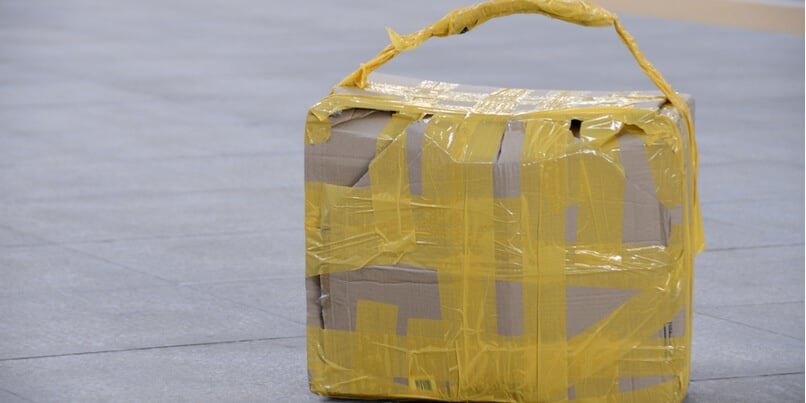 A primary consideration when encountering a Chemical Warfare Agent (CWA) or other hazardous material is to be able to recognize, identify and contain the threat.
A primary consideration when encountering a Chemical Warfare Agent (CWA) or other hazardous material is to be able to recognize, identify and contain the threat.
CWA training scenarios can provide an invaluable opportunity to prepare HazMat and CBRNe crews for the realities that they are likely to encounter in real-life incidents.
In this blog post we explore 9 simple CWA training scenarios that incorporate the use of intelligent electronic simulator detectors to create effective, safe and highly realistic training experiences.
Scenario 1) Suspect package
Suspect packages can conceal a variety of potential hazards - from incendiary devices to explosives, or chemical or biological contamination.
This training exercise provides an opportunity for students to identify and locate a simulation source that may be concealed in a carton, rucksack, holdall or suitcase. The package can then be placed amongst other packages, within a private vehicle, within an industrial vehicle, within a means of public transport or in an office or room.
The simulation source can also be preset by the instructor so that it only enables the trainee to obtain a reading when they are in close proximity.
Scenario 2) Suspect Vehicle
This exercise provides plenty of opportunity to experiment with the location of your source so you specifically control the readings that your students experience.
For example, you may prefer to set the simulation source to a high level (by perhaps concealing it under a wheel arch) to represent the effects of gross contamination.
Or to really challenge the search capability and methodology of your trainees, you can set the simulation source to a lower level to increase the difficulty.
For especially realistic CW/suspect device search training, you might also like to try placing the source within a package or underneath the seat of the vehicle. You can then leave the side window of the vehicle open just a little so that readings can only be obtained at that specific location.
Scenario 3) Contaminated Vehicle
This is a useful scenario for training students in how to search for contamination and how to implement effective decontamination.
The instructor can conceal a simulation source under the wheel arch of a vehicle and then preset the instructor controller to the desired response level.
Once the process of decontamination begins, the instructor can observe the trainee to ensure they carry out a thorough search.
Scenario 4) Survey / Reconnaissance
A simulation source, or sources, can be placed in an area of open ground. Students can then be assessed on their ability to obtain readings as they approach the area.
The instructor can also use their remote control to reduce the reading after a set period of time, to simulate the presence of a non persistent agent.
Scenario 5) Personal Decontamination
In this exercise an electromagnetic simulation source can be placed within a person's clothing. The student will then be required to search for contamination and to carry out decontamination.
As an instructor, if you're not satisfied with any aspect of the process, it's easy to set the partial decontamination control to demonstrate to your trainee that there is residue still to be located.
Scenario 6) Simulated CW / HazMat IED
This scenario enables instructors to simulate the presence of an improvised explosive device (IED) in any location.
When you are ready to simulate release, you can then select 'full response' to mimic the effects of a rapid release - or 'partial response' (followed later by 'full response') to imitate the effects of a slower release.
Scenario 7) Room Breach Training
In this exercise you can set a simulation source so that the CW / HazMat reading is obtained when the door to the room is carefully checked where the door meets the door-frame.
If the door has been breached then the readings will rise without the student having to enter the room.
Scenario 8) Building Search Training - Pre entry
This form of scenario can be used to teach trainees how to externally assess a building prior to entry. The instructor simply places a simulation source within the building so that the emission is just detectable (ie through an open window) when the detector sensor is placed there.
Scenario 9) Search Training
A simulation source can be placed in a single locker of a standard locker room, and in such a way that a reading can only be obtained when the student is very close.
You may find it useful to video record the search and then play it back to your students to show how methodical and consistent their techniques were.
Hands-on training scenarios can play a vital role in educating and empowering your trainees as they prepare for the realities of live CWA or HazMat incidents.
And when that training is carried out using safe and intelligent electronic simulator detector equipment, then the possibilities are quite literally limitless.





